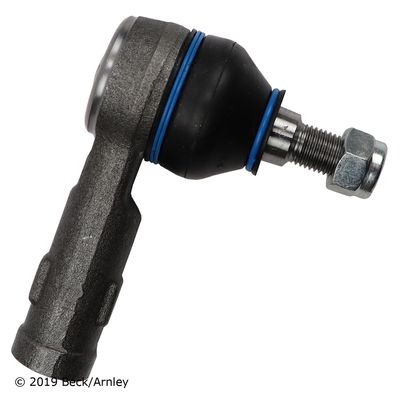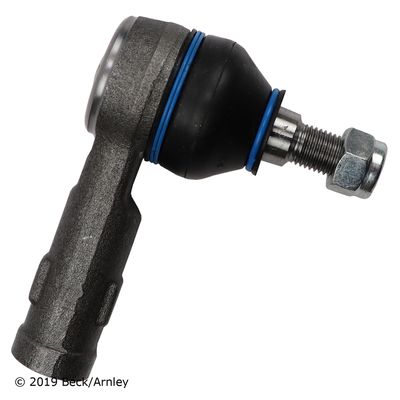Answer
Aug 15, 2024 - 03:03 PM
Identifying a faulty ACDelco 84670799 Steering Tie Rod End or any Steering Tie Rod End, involves paying attention to certain symptoms and performing a visual inspection. Here’s how you can identify if a tie rod end is faulty:
1. Symptoms While Driving-
Steering Wheel Play or Looseness:
- A common sign of a faulty tie rod end is excessive play or looseness in the steering wheel. You may notice that the steering feels vague or that the vehicle does not respond as quickly or precisely to steering inputs.
-
Vibrations in the Steering Wheel:
- If you feel vibrations or shaking in the steering wheel, especially when driving at higher speeds, it could indicate that the tie rod end is worn or damaged.
-
Uneven Tire Wear:
- Worn tie rod ends can cause uneven tire wear, as they affect the alignment of the wheels. If you notice that your tires are wearing more on one side than the other, it could be a sign of a faulty tie rod end.
-
Pulling to One Side:
- A faulty tie rod end can cause the vehicle to pull to one side while driving, making it difficult to keep the vehicle straight. This pulling can become more noticeable when braking or during turns.
-
Clunking or Popping Noises:
- If you hear clunking, popping, or knocking noises coming from the front end of the vehicle, particularly when turning or driving over bumps, this could indicate a loose or worn tie rod end.
-
Check for Visible Damage:
- Inspect the tie rod end for any visible signs of damage, such as cracks, tears, or deformation in the rubber boot that covers the joint. If the boot is damaged, dirt and moisture can enter, leading to accelerated wear.
-
Examine for Excessive Wear:
- Look for signs of excessive wear, such as excessive movement or looseness in the tie rod end joint. You can check this by jacking up the vehicle and trying to move the wheel side to side. If there is noticeable play or movement in the tie rod end, it’s likely worn out.
-
Check for Grease Leakage:
- If you notice grease leaking from the tie rod end, it could indicate that the seal has failed. This can lead to loss of lubrication and eventual failure of the tie rod end.
- If you suspect a faulty tie rod end based on the symptoms or visual inspection, it’s advisable to have the vehicle inspected by a professional mechanic. They can perform a more thorough check, including using tools like a pry bar to test for movement in the tie rod end.
A faulty ACDelco 84670799 Steering Tie Rod End can be identified by symptoms such as steering wheel looseness, vibrations, uneven tire wear, pulling to one side, and clunking noises. A visual inspection may reveal damage to the rubber boot, excessive play in the joint, or grease leakage. If you notice any of these signs, it's important to address the issue promptly to avoid compromising vehicle safety and handling.





Add New Comment